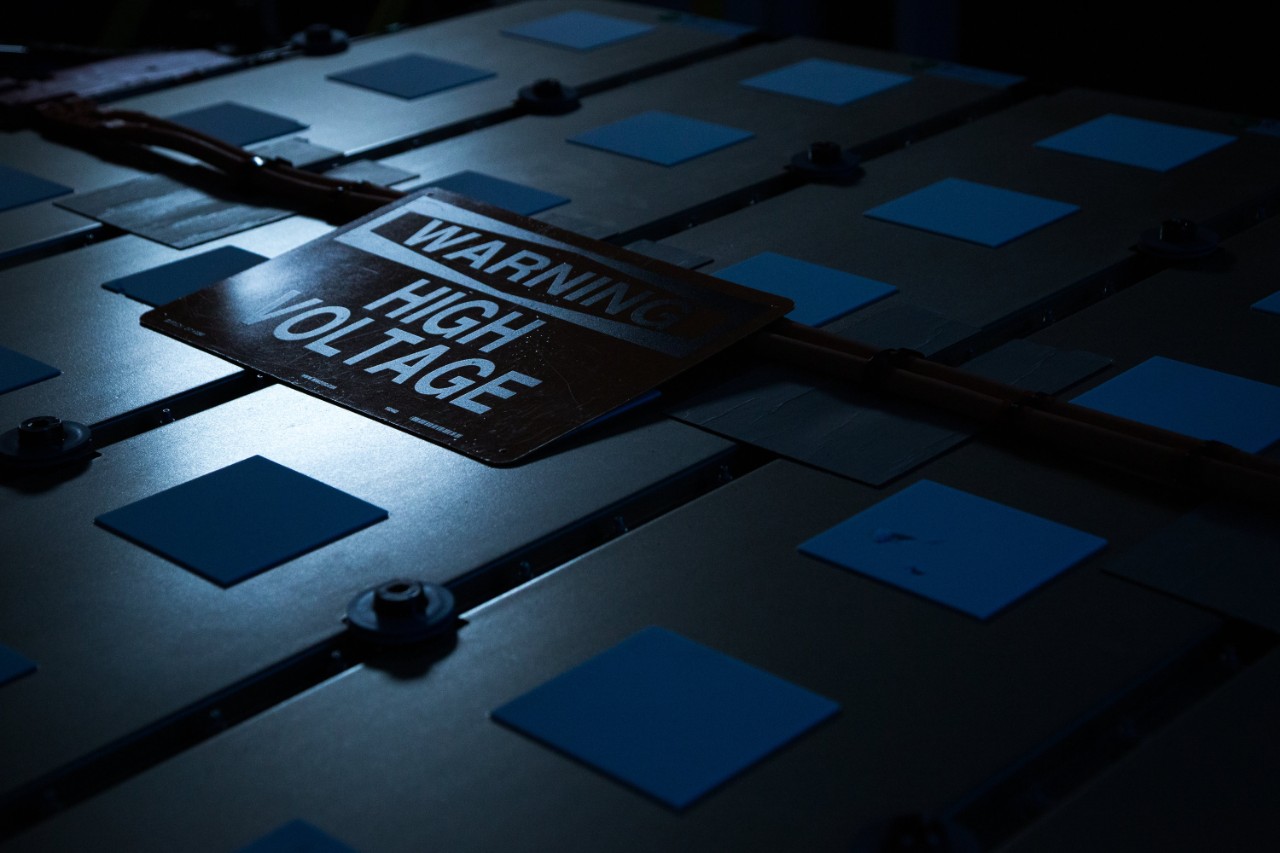GM’s Ultium Battery Drive System is on the way to power our electric truck future. One of its innovative features is a wireless battery cell management system, unique to Ultium. What is it? What does it do? We questioned, investigated and now have answers for you.
We spoke to Fiona Meyer-Teruel, who is the lead on the Ultium Battery technology development team and oversees what is called design release. In other words, the electrons stop at her desk.
Read more Electric Truck Coverage – Click Here!
Ultium Battery Wireless Management
Beginning in 1745 with the Leyden jar*, individual 1.5 Volt AAA, AA, C and D batteries have been called, more accurately, cells. A modern EV propulsion system uses A) Cells, assembled into B) Modules, which form C) a battery Pack. From Audi to Tesla it’s the same, though lithium-ion battery cells differ in shape and construction. For instance, Tesla uses a cylindrical cell. GM will use pouch cells for its Ultium batteries in North America, with the flexibility to accommodate other types of cells in different markets.

Individual cells are wired together into modules, which are wired—heavy-duty bus bars, actually, there’s huge voltage—into those packs. Battery packs rated in kilowatt hours, abbreviated kWh. Packs typically are controlled by a microprocessor that governs temperature, voltage availability, cooling and many other functions. So-called “battery health.” Those battery designs also require scads of wiring to each module, if not each cell to monitor every facet of the battery’s status.
In its press release GM stated that the wireless system reduces physical wiring between battery cells by up to 90 percent. The announcement communicates GM’s substitution for multiple heavy and expensive copper wires, of small microcontrollers dedicated to wirelessly monitoring individual modules on a cell-by-cell basis. The wireless battery management (wBMS) system was developed with Analog Devices, Inc.

Ultium Capacity & Cell Pack Size Is Flexible
Depending on the needs of the vehicle—sedan, SUV or truck—packs vary in kWh capacity, hence GM’s notice that it will make various range-related “batteries.” GM now states possible battery pack options from 50 to more than 200 kilowatt hours. This is akin to different sized fuel tanks, very broadly speaking. However, we have learned (perhaps exclusively) that GM “will assemble groups of 6, 8, 10, 12 or 24 modules into packs depending on vehicle application,” according to Meyer-Teruel.
General Motors says “The wBMS is expected to drive GM’s Ultium-powered EVs to market faster, as time won’t be needed to develop specific communications systems or redesign complex wiring schemes for each new vehicle. Instead, the wBMS helps to ensure the scalability of Ultium batteries across GM’s future lineup, encompassing different brands and vehicle segments, from heavy-duty trucks to performance vehicles.” There’s much more to this.
Because individual modules can communicate with each other, adding or subtracting modules (scaling) is simplified and complexity—having to make multiple configurations—reduced. That saves time and money.
Modules communicate with each other, monitoring cell/module/pack health. This hugely reduces complexity, positively enhances the manufacturing process and reduces failure modes while reducing the overall package size. Ms. Meyer-Teruel says this creates a lower profile device with improved density per pack. This is a huge advantage for GM and its Ultium battery.
During the manufacturing process GM technicians can monitor the health of each module, each pack, and not have to plug each module into a test system, “We do it wirelessly. That’s a really significant improvement over having to plug each module, each pack into a test system, which may be a distance away,” she told GM-Trucks.com. The wBMS provides other interesting benefits, like providing the potential for cell-phone-like like over-the-air (OTA) updates, working in conjunction with GM’s Vehicle Intelligence Platform (VIP) electrical architecture.

We asked about something relatively unknown but critical to battery health and longevity, the challenge of keeping the battery in a relatively narrow temperature zone. Fiona said that, “With wireless communication, we can monitor and adapt cells to various challenges.”
Every EV-grade lithium-ion battery pack should have a second, and perhaps third life. If they are conventionally produced, re-purposing is difficult. Packs and modules have to be configured for different charge and discharge rates, different environments. With the Ultium packs it’s “a straight forward switch by simply re-flashing the control module.”
While re-purposing lithium-Ion battery packs as use for UPS (uninterruptible power source) for a huge wind/solar/hydro backup farm and later a home power system is years away, the engineer says Ultium will simplify the conversion. “We can connect to the grid, re-flash modules for the appropriate rate (of charge/discharge) and use one device to monitor multiple packs. One caretaker with no huge system redesign—and the reprogramming is wireless!”
So, this wireless technology gives GM the ability to sale up and across to support every use in the portfolio without changes to the architecture. (Think what Honda may require, perhaps Nikola and surely others.) With a wired design, the entire architecture, at least the whole wiring harness, would have to be redesigned for every new vehicle or variant thereof.
* According to Wikipedia, The Leyden jar was effectively discovered independently by two parties: German deacon Ewald Georg von Kleist, who made the first discovery, and Dutch scientists Pieter van Musschenbroek and Andreas Cunaeus, who figured out how it worked.

